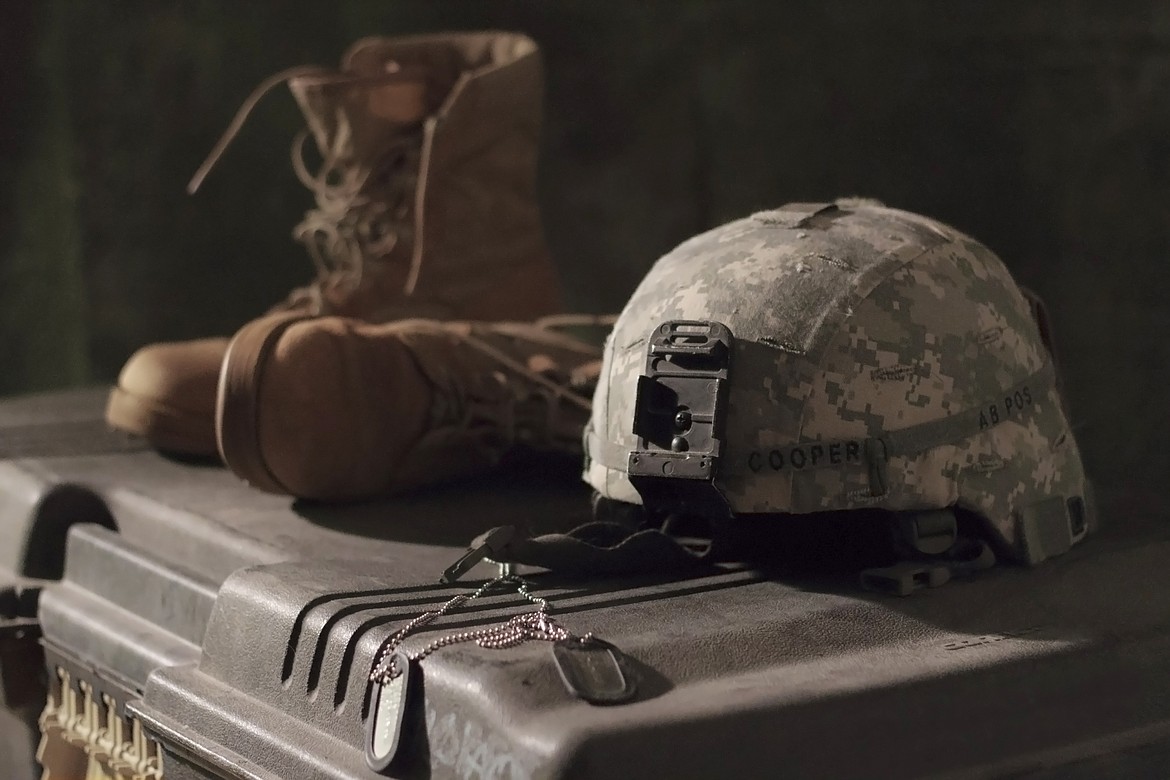Webb determined to bring all soldiers home
A friend of mine gave me an interesting article about MIAs (soldiers reported missing in action) from prior wars, going back to World War II.
For half of a century, Johnie Webb searched for the remains of men missing in action, from the Army, Marines and Air Force. He had a job in the Pentagon that he organized as a captain. It is now called the Defense POW/MIA Accounting Agency. He eventually became a lieutenant colonel and after he retired, he resumed the same duties in Hawaii.
There are still an amazing 80,000 U.S. troops still unaccounted for. However throughout the years, he recovered the remains of approximately 3,000 servicemen. It may not seem like a big deal to the readers of this article, but just put yourself in the shoes of the family members, to them it is a really big deal.
He has recovered remains of soldiers from World War II, the Korean War, Vietnam and, most recently, Iraq. He has just retired from the position at 77 years of age, but had kept working because he was so dedicated.
Initially, Vietnam, Laos and Cambodia would not give him access but they eventually opened up around 1978-'80. Before, bones had been recovered but no way to identify them, but then along came DNA. Since 2015, with DNA, more than 1,500 soldiers and airmen have been identified. The mission continues today from Hawaii.
•••
In reference to the flag raising at Iwo Jima in World War. The photo was published all over the U.S. Of course, the American public then had the impression that Iwo Jima had been captured, but in fact, it was only the beginning of the battle for the small island.
Iwo Jima is a small island only 8 square miles, it is narrow and only 5 miles long. In reference to the flag raising, what most don’t know, is that when they raised the flag, that was the second flag raising.
The first was a little flag and wooden pole. But the admiral wanted that flag, so later the larger flag was raised by the 6 marines and photographed. The flag raising on Mt. Surabachi was on the southern tip of the island, there were maybe 20,000 of the 22,000 Japanese remaining, so the six flag raisers, then joined their unit for the battle north.
Of the six, only three would survive. First to die was squad leader, Sgt. Mike. Ironically, he was killed by our own U.S. Navy by a shell that landed short. Then assistant squad leader Harlon Block took over, but he didn’t survive the day. He was killed by a bullet later in the day. A third also was killed. Survivors were Doc. Bradley, a Navy corpsman; Rene, a factory worker; and Ira, an American Indian from the Southwest.
Doc became a successful mortician. Rene, thought he could capitalize on his fame and get a big shot job, but he wasn’t qualified and went back to working in the factory where he originally worked before the war. Ira was devastated by the haunting memories that today they would call PTSD (post traumatic stress disorder). But after World War II, there wasn’t any treatment for PTSD. Ira died of exposure to cold and alcohol poisoning. Rene also died early. Doc. was the only one who lived a good long life.

